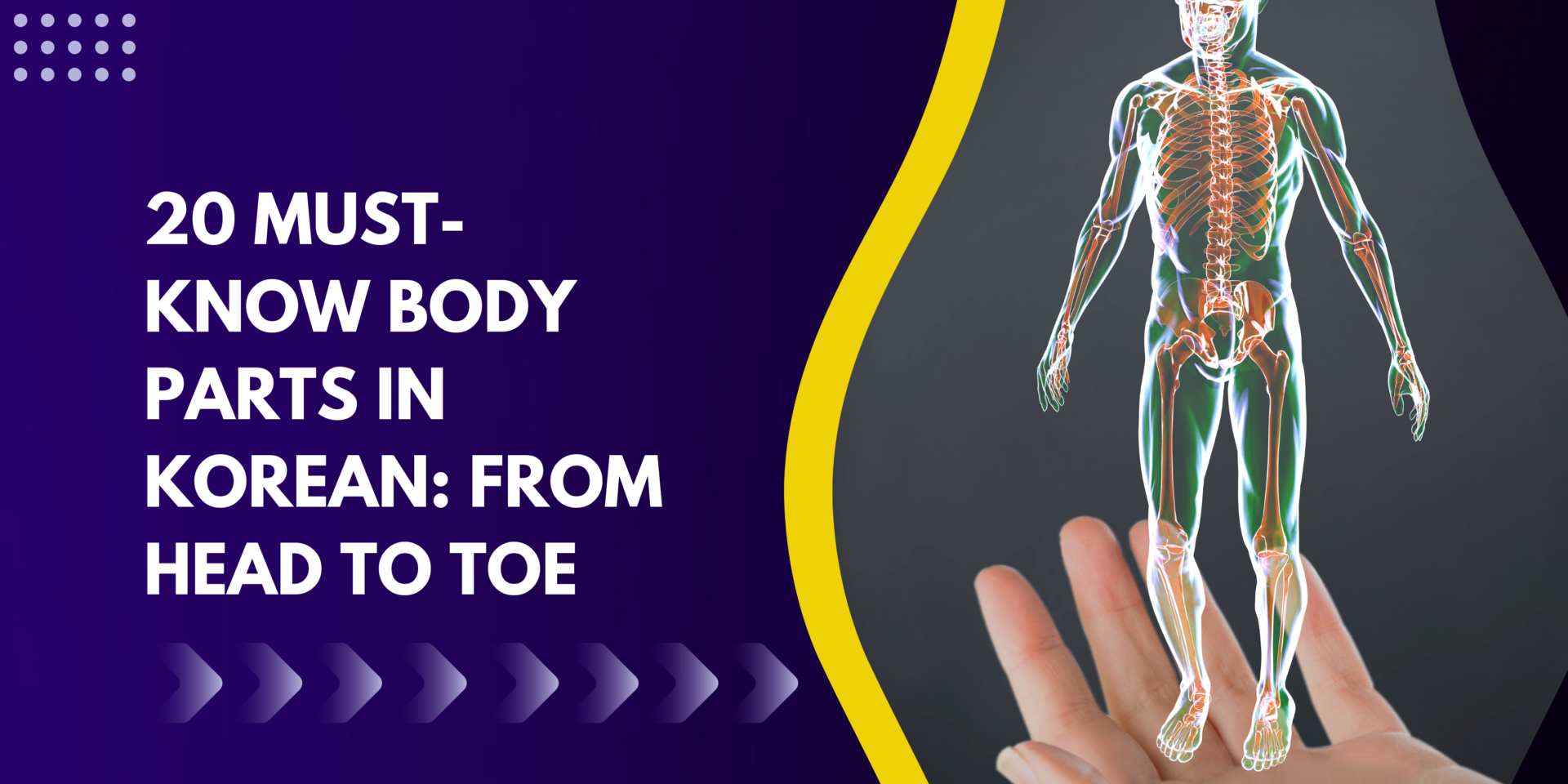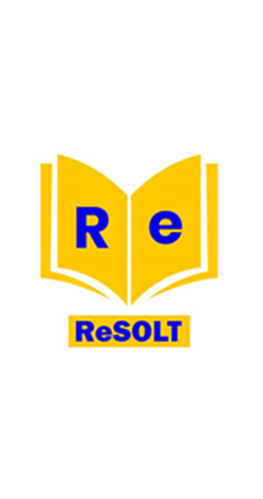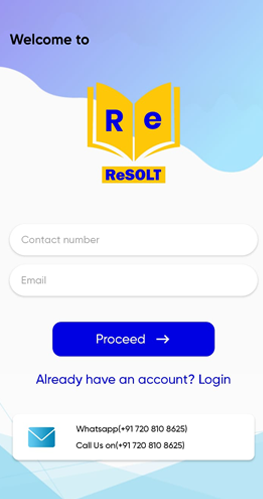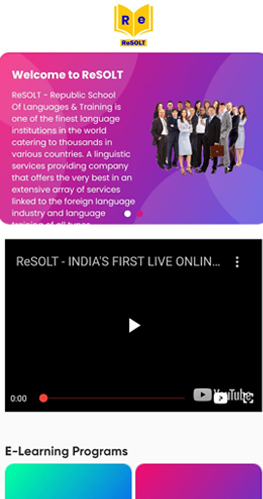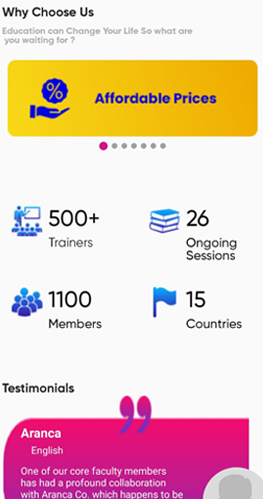Learning the names of body parts in Korean language is essential for effective communication, especially when describing pain, seeking medical assistance, or engaging in everyday conversations related to health and well-being. In this article, we will explore 20 must-know body parts in Korean, from head to toe. By familiarizing yourself with these words, you’ll be better equipped to express yourself and understand discussions regarding the human body.
머리 (meori) – Head: The 머리 (meori) refers to the head, including the hair and skull.
얼굴 (eolgul) – Face: 얼굴 (eolgul) represents the facial area, including the eyes, nose, mouth, and cheeks.
눈 (nun) – Eye: 눈 (nun) refers to the eye, one of the most important sensory organs.
코 (ko) – Nose: 코 (ko) signifies the nose, which is responsible for the sense of smell.
입 (ip) – Mouth: 입 (ip) represents the mouth, used for speaking, eating, and drinking.
귀 (gwi) – Ear: 귀 (gwi) refers to the ear, used for hearing and maintaining balance.
이마 (ima) – Forehead: 이마 (ima) represents the forehead, the area between the eyebrows and hairline.
목 (mok) – Neck: 목 (mok) signifies the neck, connecting the head to the rest of the body.
어깨 (eokkae) – Shoulder: 어깨 (eokkae) refers to the shoulder, connecting the arm to the torso.
팔 (pal) – Arm: 팔 (pal) represents the arm, extending from the shoulder to the hand.
손 (son) – Hand: 손 (son) signifies the hand, comprising the fingers, palm, and wrist.
가슴 (gaseum) – Chest: 가슴 (gaseum) represents the chest, the area between the neck and abdomen.
배 (bae) – Abdomen/Stomach: 배 (bae) refers to the abdomen or stomach region, responsible for digestion.
등 (deung) – Back: 등 (deung) signifies the back, the area opposite the chest.
엉덩이 (eongdeong-i) – Hips: 엉덩이 (eongdeong-i) represents the hips, located on either side of the pelvis.
다리 (dari) – Leg: 다리 (dari) refers to the leg, extending from the hip to the foot.
무릎 (mureup) – Knee: 무릎 (mureup) signifies the knee, the joint connecting the thigh and lower leg.
발 (bal) – Foot: 발 (bal) represents the foot, used for walking and maintaining balance.
발가락 (balgarak) – Toe: 발가락 (balgarak) refers to the toe, the digits at the end of the foot.
발목 (balmok) – Ankle: 발목 (balmok) signifies the ankle, connecting the foot to the leg.
Conclusion:
Understanding the names of body parts in Korean is crucial for effective communication and expressing health-related concerns. By familiarizing yourself with words like 머리 (meori), 얼굴 (eolgul), 손 (son), 다리 (dari), and many more, you’ll be equipped to navigate discussions about the human body. Practice using these terms in everyday conversations and expand your vocabulary as you progress. With time and dedication, you’ll become more confident in discussing various body parts in Korean language and ensure better communication in health-related contexts.

